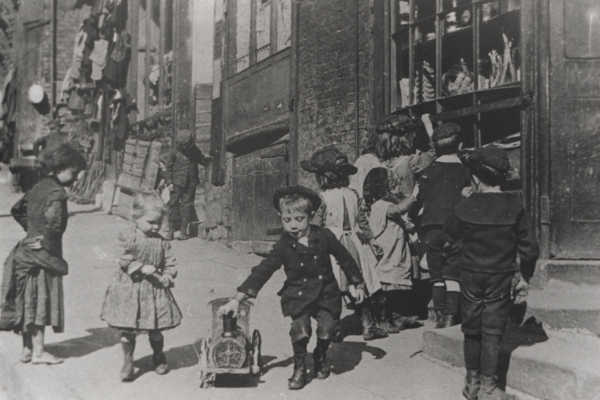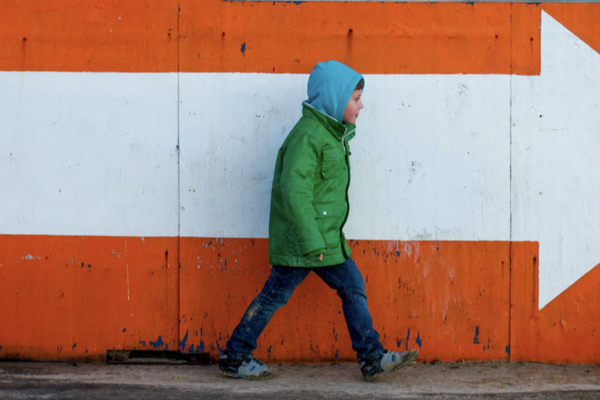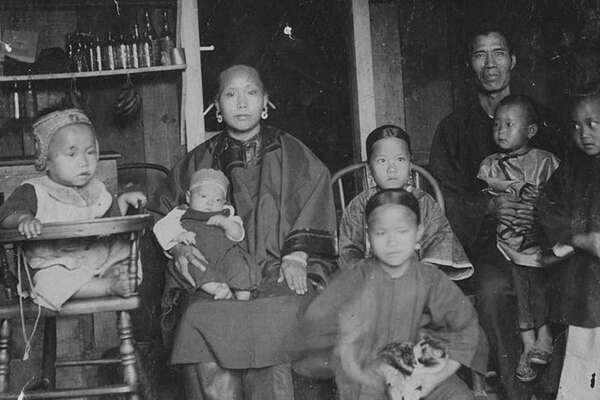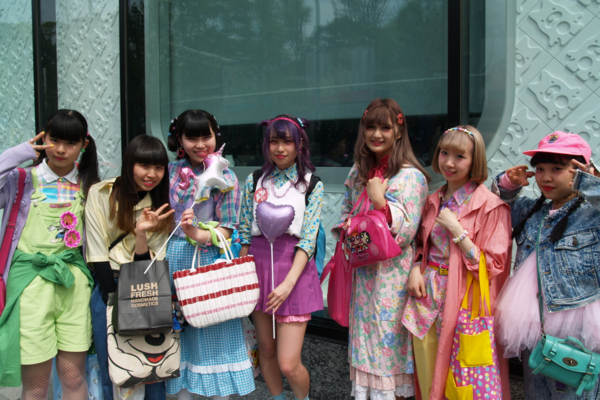*** Please note the abstract submission date has been extended to 16 October 2023 ***

Fourth Biennial Conference
Children's Worlds Through Time
Herschel Building, Newcastle University, UK, 4-6 July 2024
In 1910, the British medical journalist and public health activist T.N. Kelynack wrote that ‘the world of childhood has been an undiscovered or at least unexplored land’ [1]. This conference will ask: what worlds do children inhabit? What worlds do they create? How can we explore them? And are they really separate from the worlds where adults live?
Research on childhood has often made much of the ‘child’s world’, from sociologists of play believing they can access a ‘hidden world’ that is otherwise inaccessible to adults, to anthropologist Myra Bluebond-Langner’s study of ‘the private worlds of dying children’ and archaeologist Grete Lillehammer’s groundbreaking revelation of a ‘child’s world’ within ancient prehistory. Historians, too, have considered the emergence of a ‘worldview of childhood’ that globalises Global North assumptions about children’s lives, most obviously the idea that a child’s world should be protected and isolated from adult concerns. [2] Children’s worlds are also shaped profoundly by adults: from adventure playgrounds to children’s wards, to computer games to classrooms, children access spaces that are designed for them by other people.
Children’s worlds might be physical, emotional, linguistic, virtual or psychological. They can exist across huge geographical distances, requiring scholars to use global history methods to structure and understand them, or they can be confined to small and intimate spaces, asking us to call on the tools of microhistory in their interpretation. Children and adolescents must regularly move between and navigate different social and cultural worlds: their effective engagement in a multiplicity of worlds requires knowledge of distinct norms, behaviours, and worldviews that govern them. They share worlds with adults as well as with other children. In addition, most children and young people are inducted into an ‘adult world’ that is implicitly more serious and more important than the worlds of childhood. However, as scholars of childhood, we may challenge the idea that children’s experiences are not important, and that children’s worlds hold less value.
The fourth biennial conference of the Children’s History Society will explore the multiplicity of children’s worlds across time, and asks how we might approach the study of children’s worlds in our own research on childhood. Is this a useful concept, or does it just enshrine ideas about the difference between children and adults that contribute to the continuing marginalisation of children’s history and of childhood studies? What conceptual, methodological, and ethical implications might be implicit in our study of children’s worlds?
We welcome papers from across ancient, medieval and modern history and from established and emerging historians of childhood and youth, including ECRs and PGRs. We also invite scholars from other disciplines (e.g. archaeology, sociology, anthropology, education, law and paediatrics) whose work intersects with the study of childhood and youth. We encourage diversity in methodological approaches, geographical scope, chronological period, and cultural/religious/spiritual backgrounds.
We especially encourage contributions from children and young people to showcase their work on children and young people in history. As such, we are keen to hear from teachers and schools who wish to collaborate, and GLAM [galleries, libraries and museums] and community organisations involved in collaborative, participatory and engagement projects with children and young people.
Proposals for workshops, panel discussions and alternative forms of presentation are particularly welcome.
Proposals for individual 20-minute papers or panels of three speakers are welcome. Topics might include, but are not limited to:

1. Space and Place
• Childhood in a global world
• The physical environments of childhood
• Buildings and other spaces designed for children
• Children’s interactions with space and place
• Children’s socially produced and imaginative worlds
• Urban and rural worlds
• Children and the natural world/environment, including the impact of climate change
2. Social and Cultural Worlds
• The material culture of children’s worlds
• ‘Virtual worlds’ of childhood, e.g. video games, VR
• Medial and information technology
• Literature and print culture
• Language/linguistics
• Play
• Ordinary/real worlds and the imagined (fantasy and dream worlds)
• Childhood and the psy-sciences/inner worlds
• Visual and material: Films, material culture, art
• Music and sound
• Children as consumers and commercial worlds for children (e.g. KidZania)
• Religion, spirituality, death
• Education/training
• Political worlds and children’s activism
3. Inhabiting and experiencing children's worlds
• Children’s bodies and experiences
• Children’s emotional and sensory worlds
• How children interact with different worlds e.g. adult worlds
• Children and work/child labour
• Children and education/training
• Ideas about childhood privacy, protection and innocence
• Children’s health, welfare and wellbeing
• Peer cultures, identity, and relationships
• Children’s perspectives on their worlds and memory
• Entangled lives: engagements with the non-human and natural
4. Accessing and understanding children's worlds
• Conceptual, methodological and ethical issues associated with researching, entering, and observing children’s worlds
• Museological approaches to representing children’s worlds
5. Age, stage and time dimensions
• Children interacting with ‘adult worlds’
• Children moving between multiple worlds; ‘code-switching’
• Children moving between age-stages; shared sibling cultures
• Different generations’ worlds
• Adult ideas about children’s worlds
6. Changing worlds and the world's effect on children
• Children’s agency/activism: the politics of care
• Children and adolescents representing changes/as symbols of change in the world
• Children living in different worlds: because of race, sexuality, disability status, and world events e.g. war, persecution, natural disasters, climate change, etc.

Conference arrangements:
The conference will be solely in-person for delegates and primarily in-person for speakers. However, if you are unable to attend in-person as a speaker – for example, because you live outside the UK – we have a very limited number of spots for speakers to submit pre-recorded papers and participate in a live Q&A via Zoom.
Please state your preference for presenting in person or submitting a pre-recorded paper when submitting your abstract, and please also state any dates when you will not be available during the conference.
All attendees of the conference will be expected to be members of the Children’s History Society. Find out how to join on our website: https://www.histchild.org/pages/membership
Conference fees will be kept as low as possible, and will be lower for PGRs/ECRs than for permanent academic staff. We also have a limited number of bursaries available for
PGR/ECR attendees.
Submission and deadline: For individual paper proposals (20 mins), please submit:
250-word abstract, 250-word biography including your career stage, and contact details. Please state whether you intend to present in person or via a pre-recorded paper, and whether you would like to be considered for a bursary.
For panel proposals, please submit:
250-word abstract for each paper, 250-word biography for each speaker including their career stage, and contact details for panel organiser. Please state whether each of the papers will be presented in-person or pre-recorded, and whether any of the participants would like to be considered for a bursary.
If you want to find other potential panellists or simply keep updated with conference news on social media, use the conference hashtag: #histchild2024
Deadline: submissions should be emailed to Dr Claudia Soares (Newcastle University) and Dr Laura Tisdall (Newcastle University) at histchild2024@newcastle.ac.uk by 16 October 2023.
______________________________________________________
[1] Harry Hendrick, ‘Constructions and reconstructions of British childhood: an interpretative survey, 1800 to the present’ in Allison James and Alan Prout eds., Constructing and Reconstructing Childhood: contemporary issues in the sociological study of childhood(1997), 50.
[2] Hanson, K., Abebe, T., Aitken, S. C., Balagopalan, S., & Punch, S. (2018). ‘ “Global/local” research on children and childhood in a “global society”’, Childhood, 25(3), 273-4.







